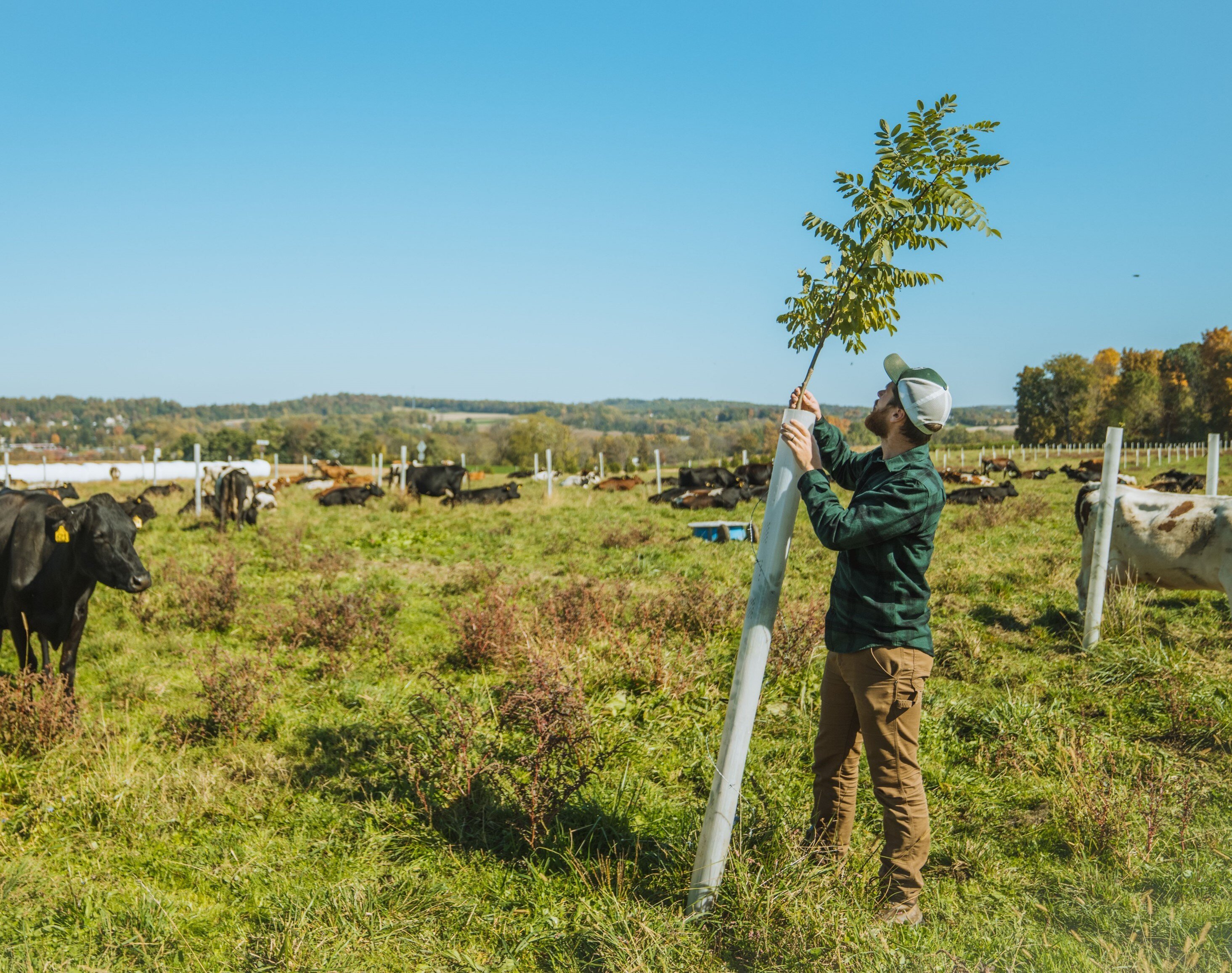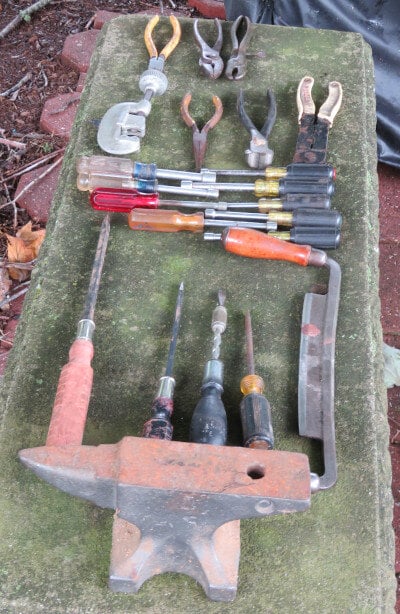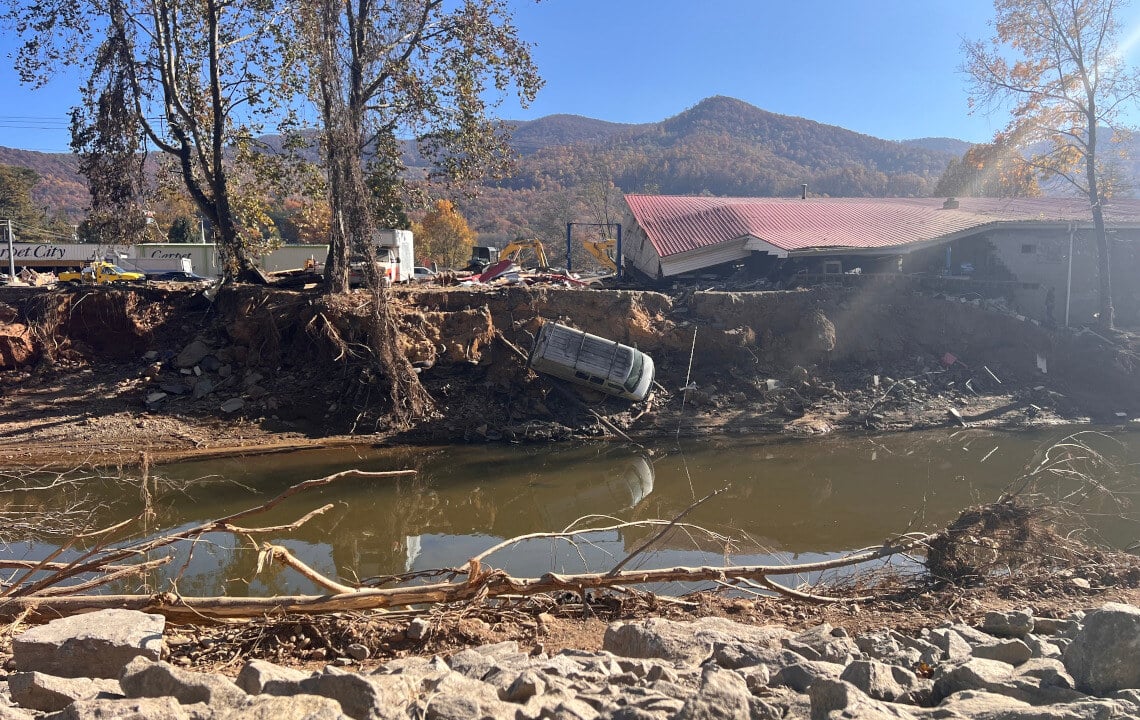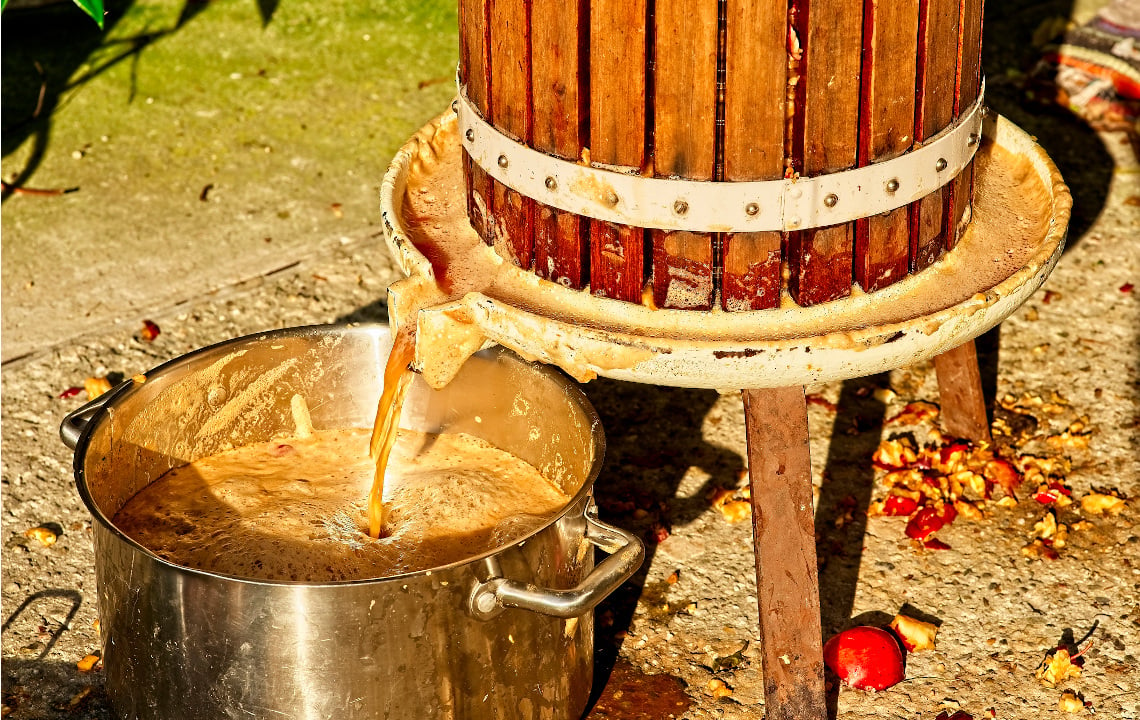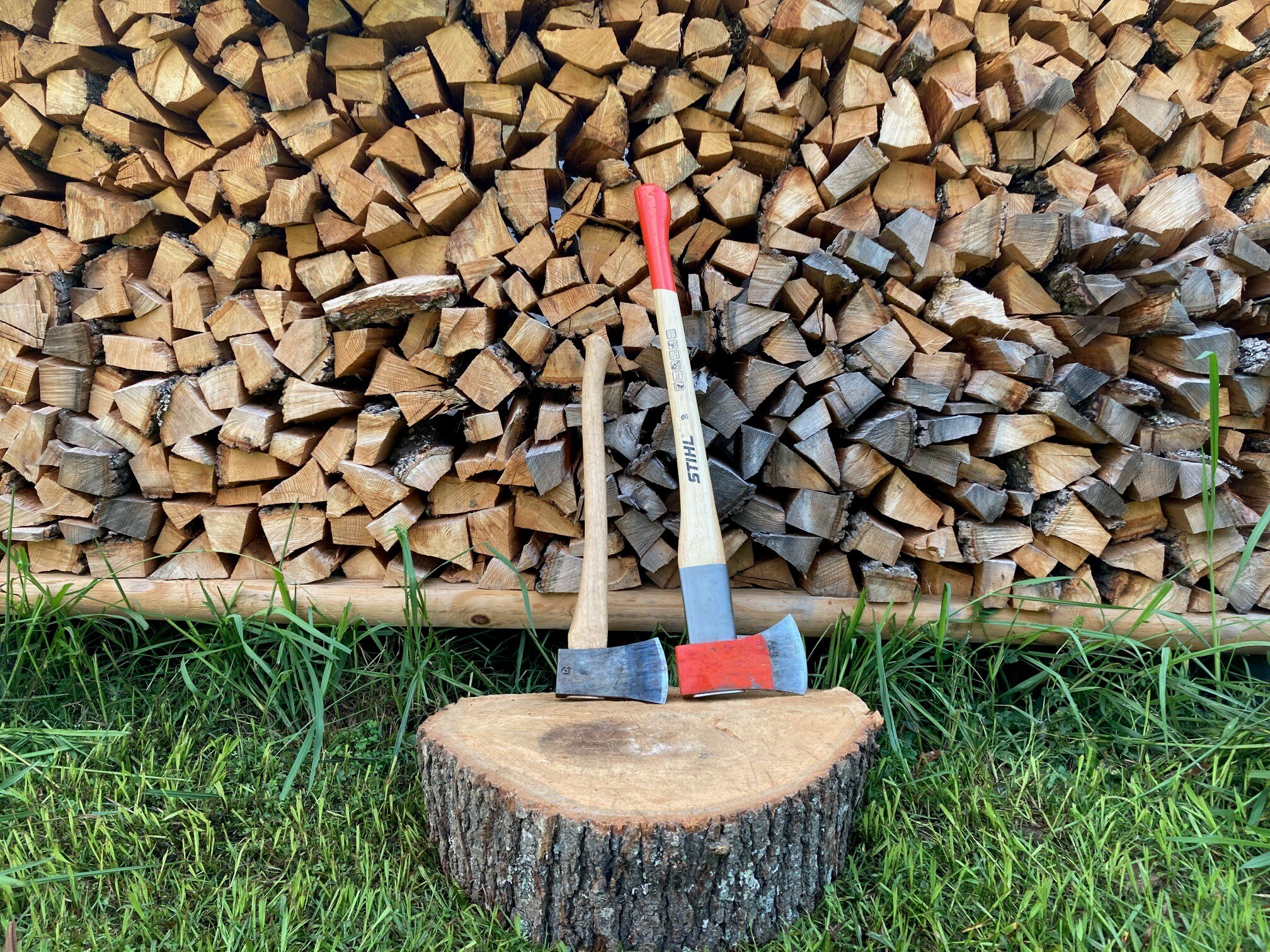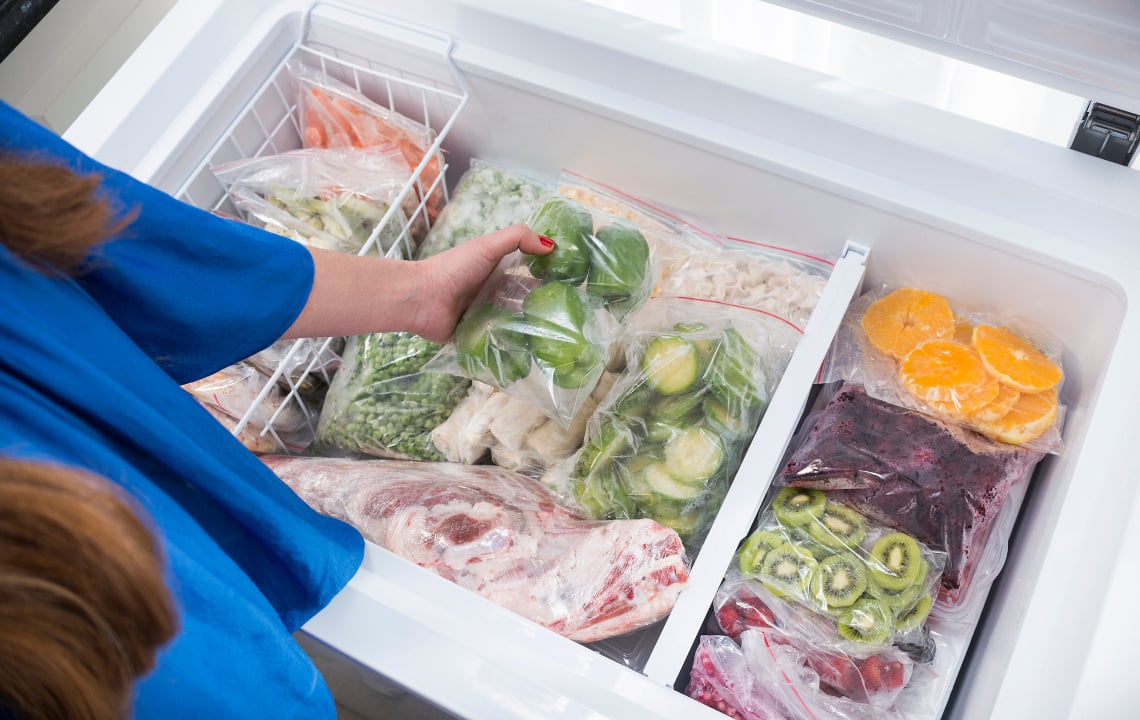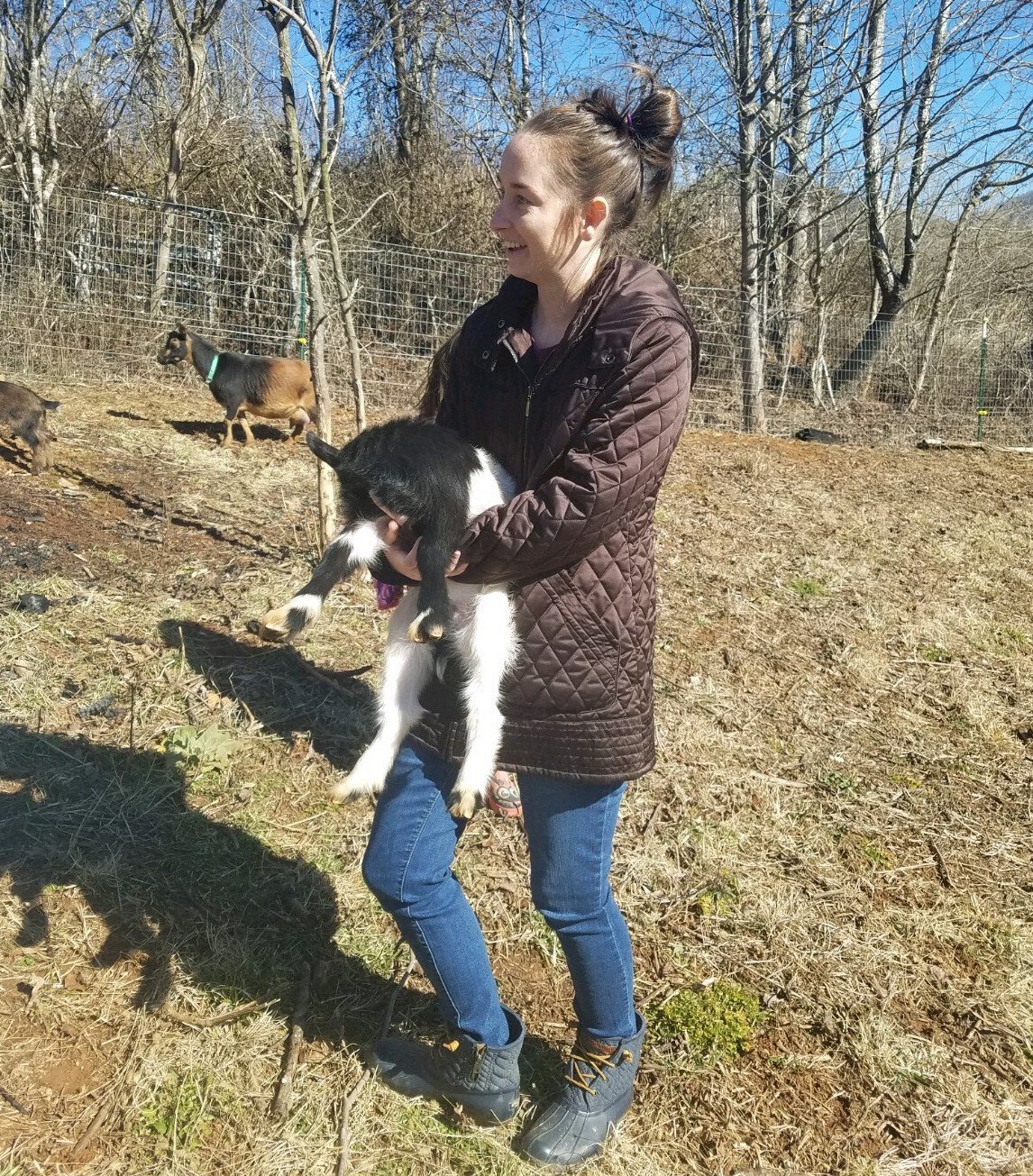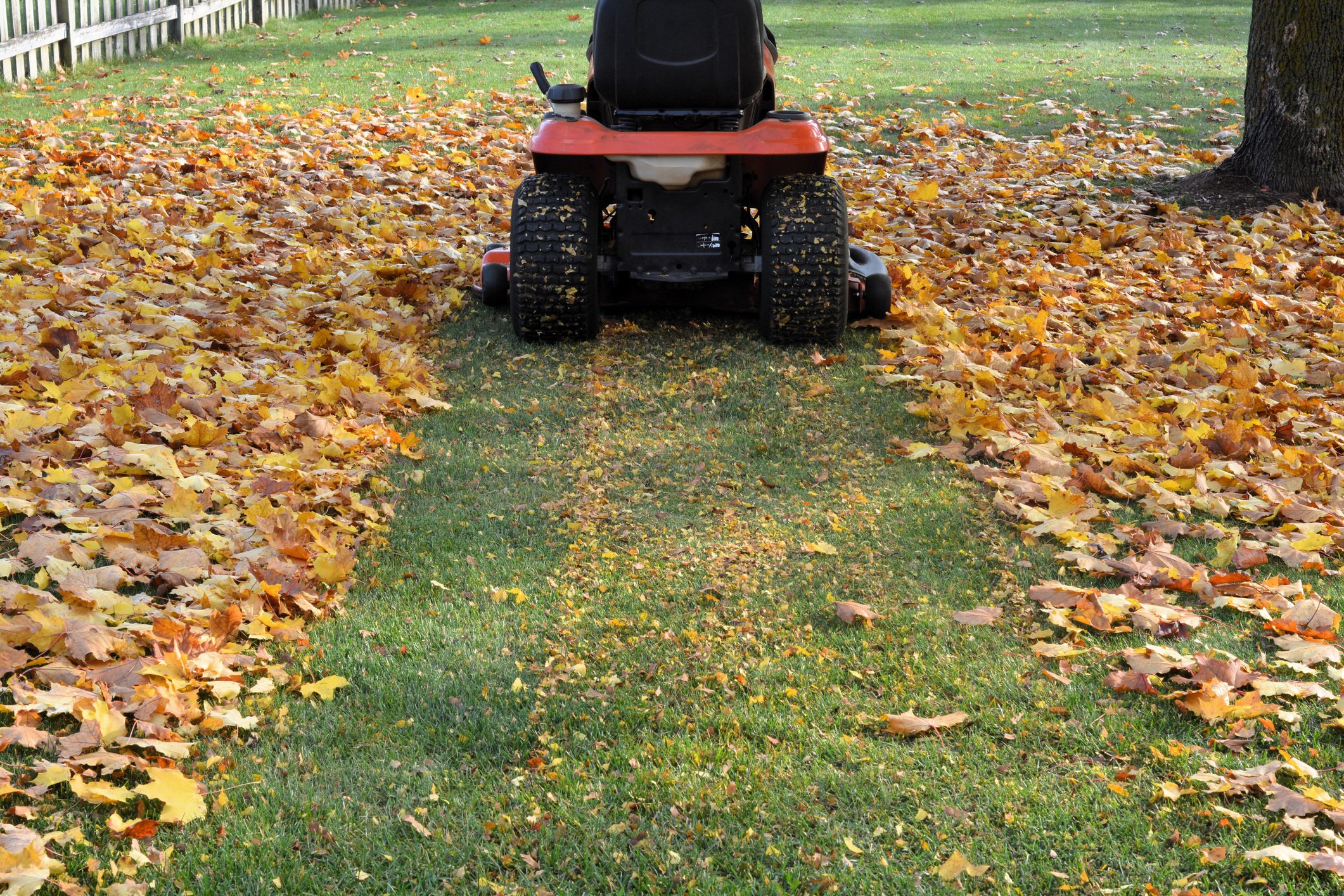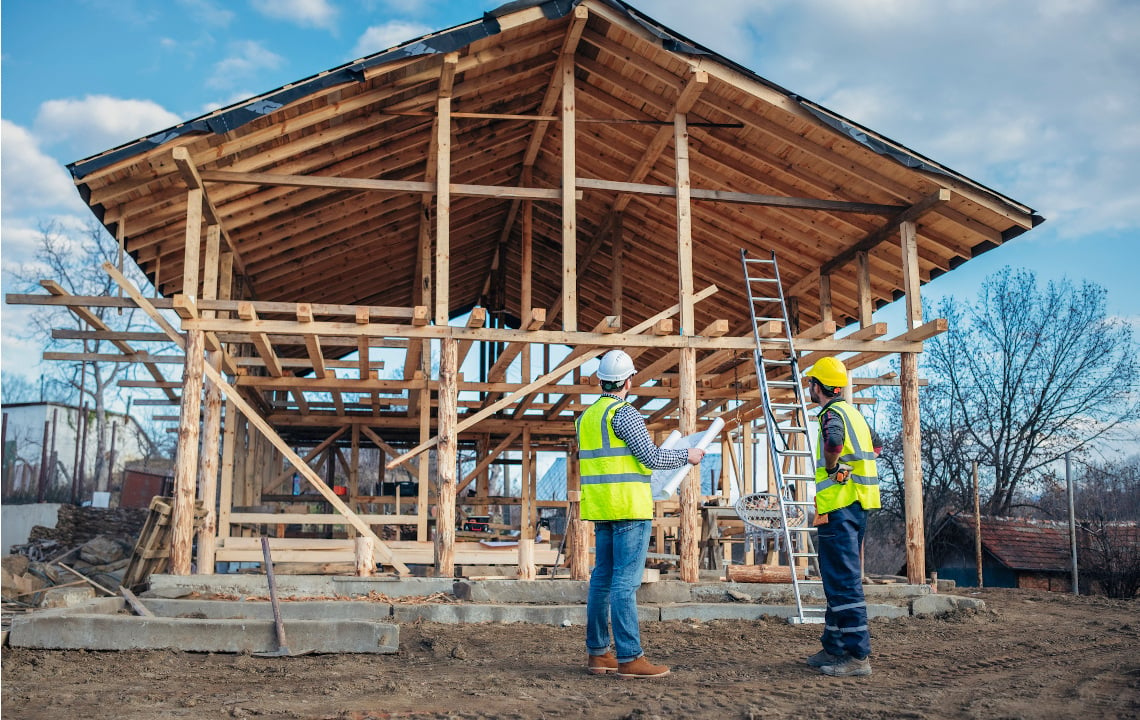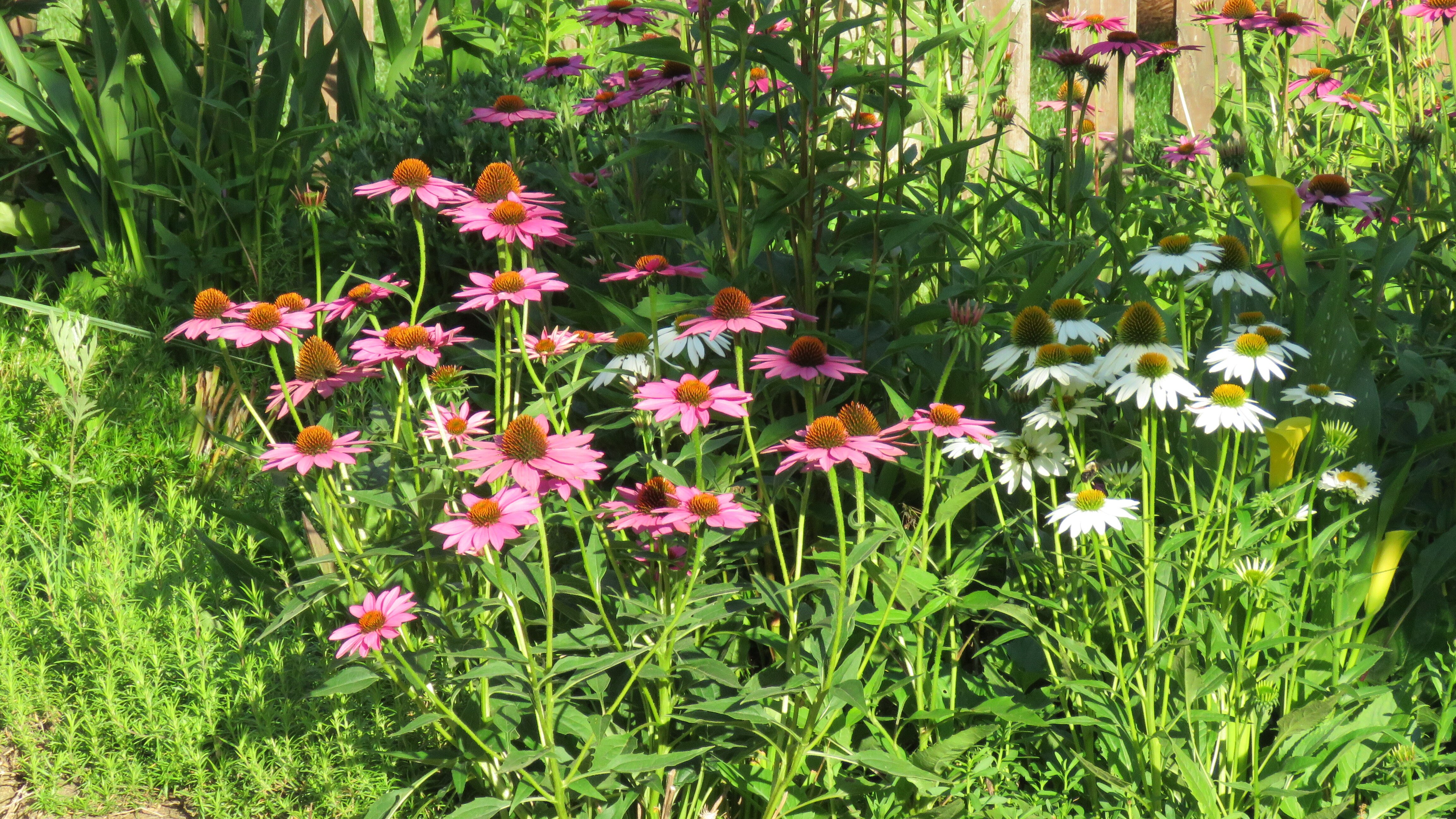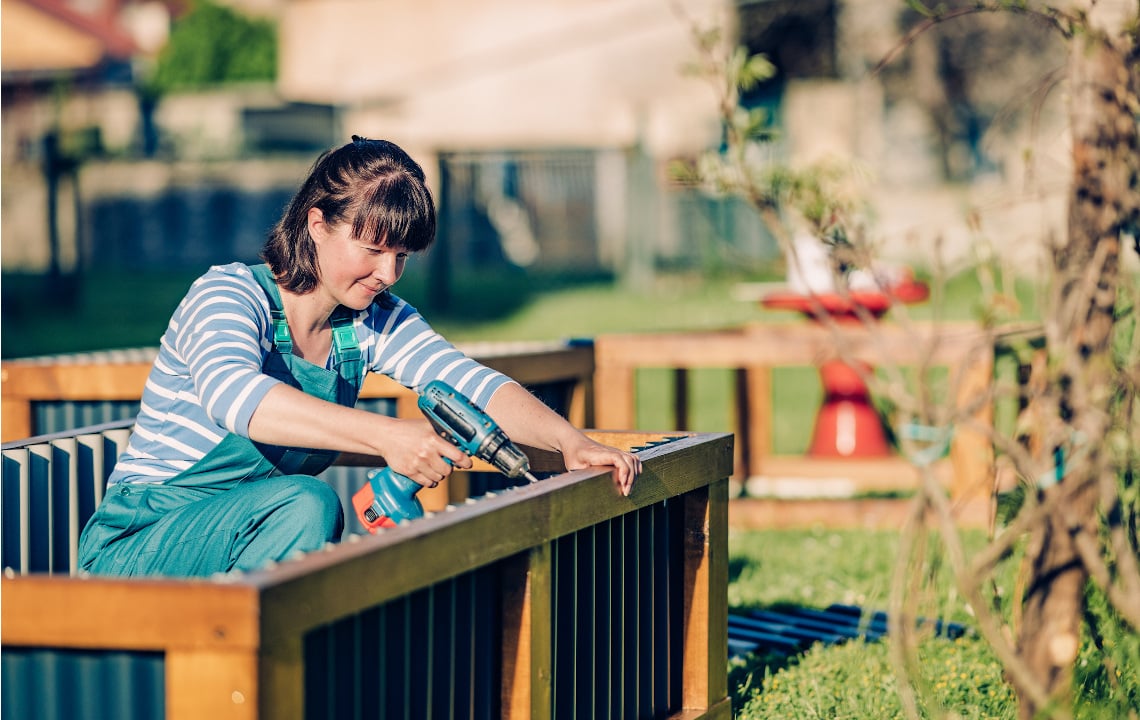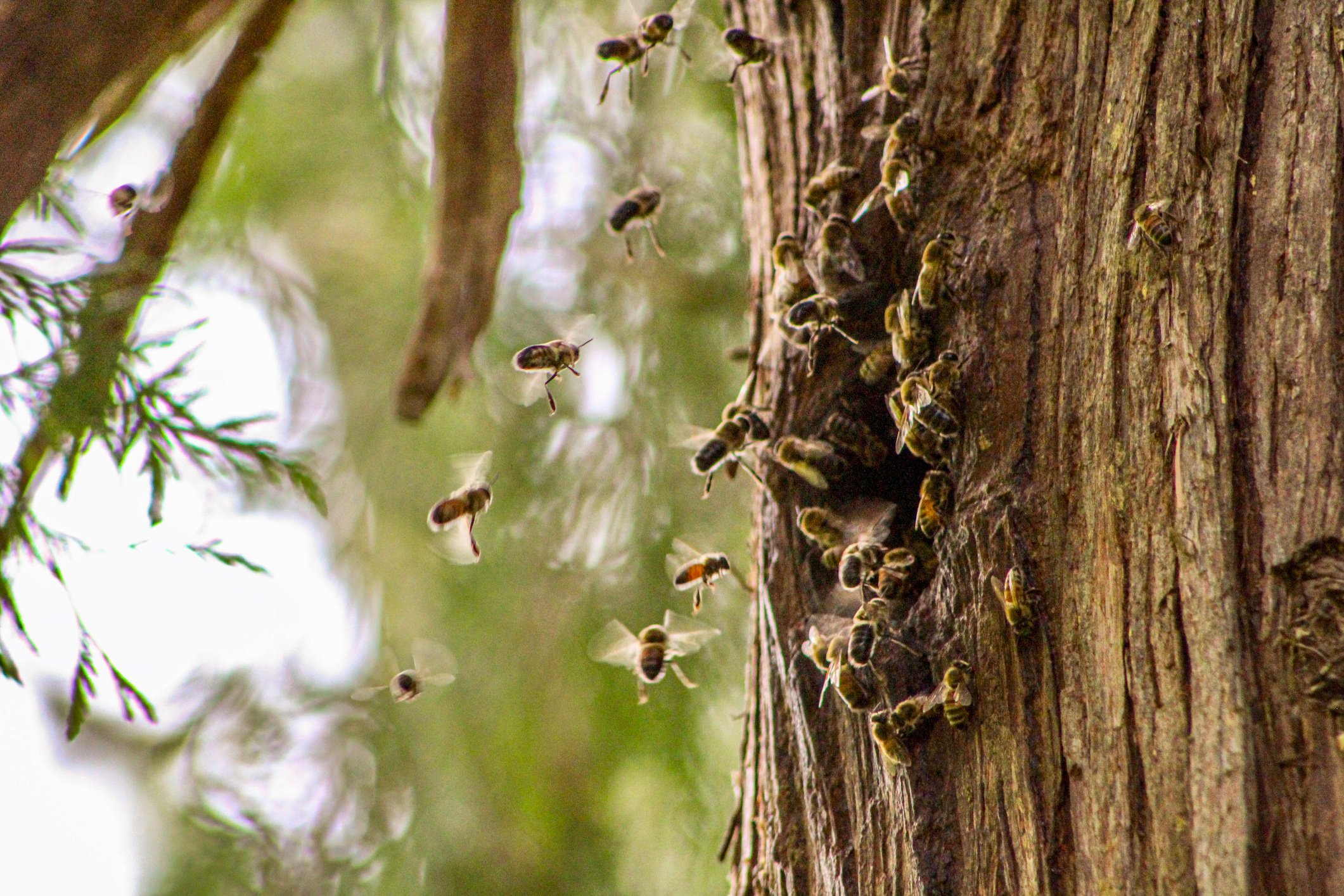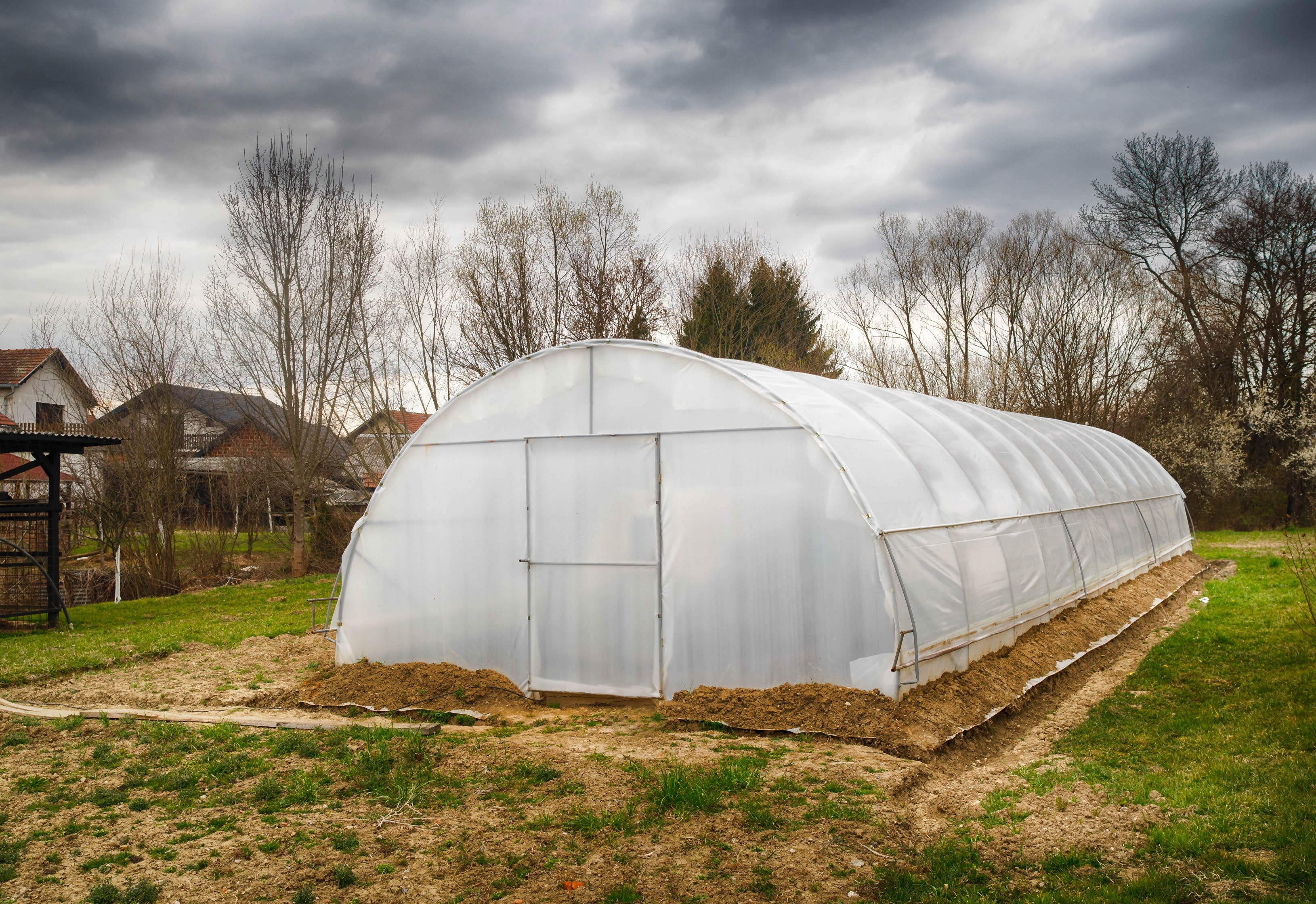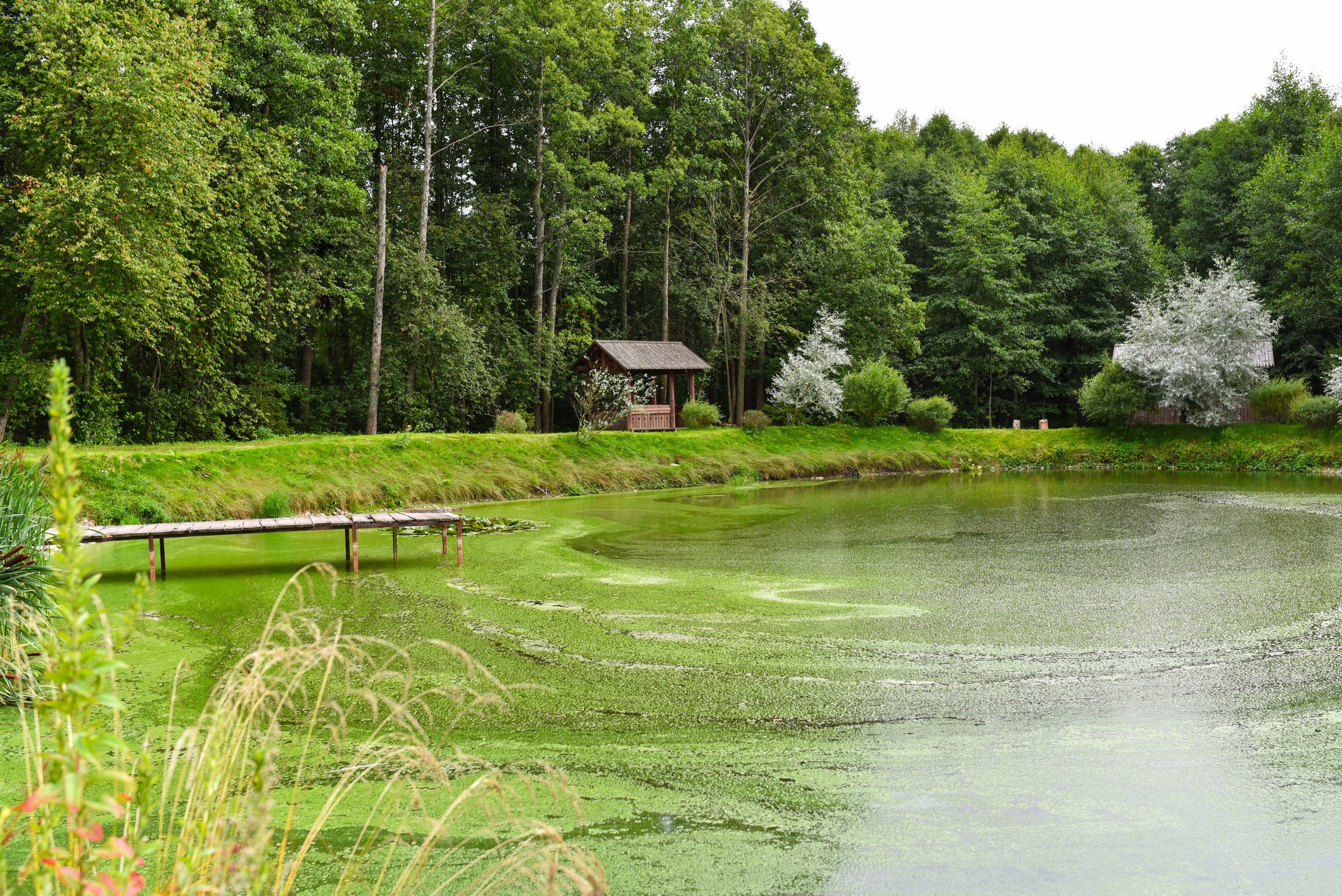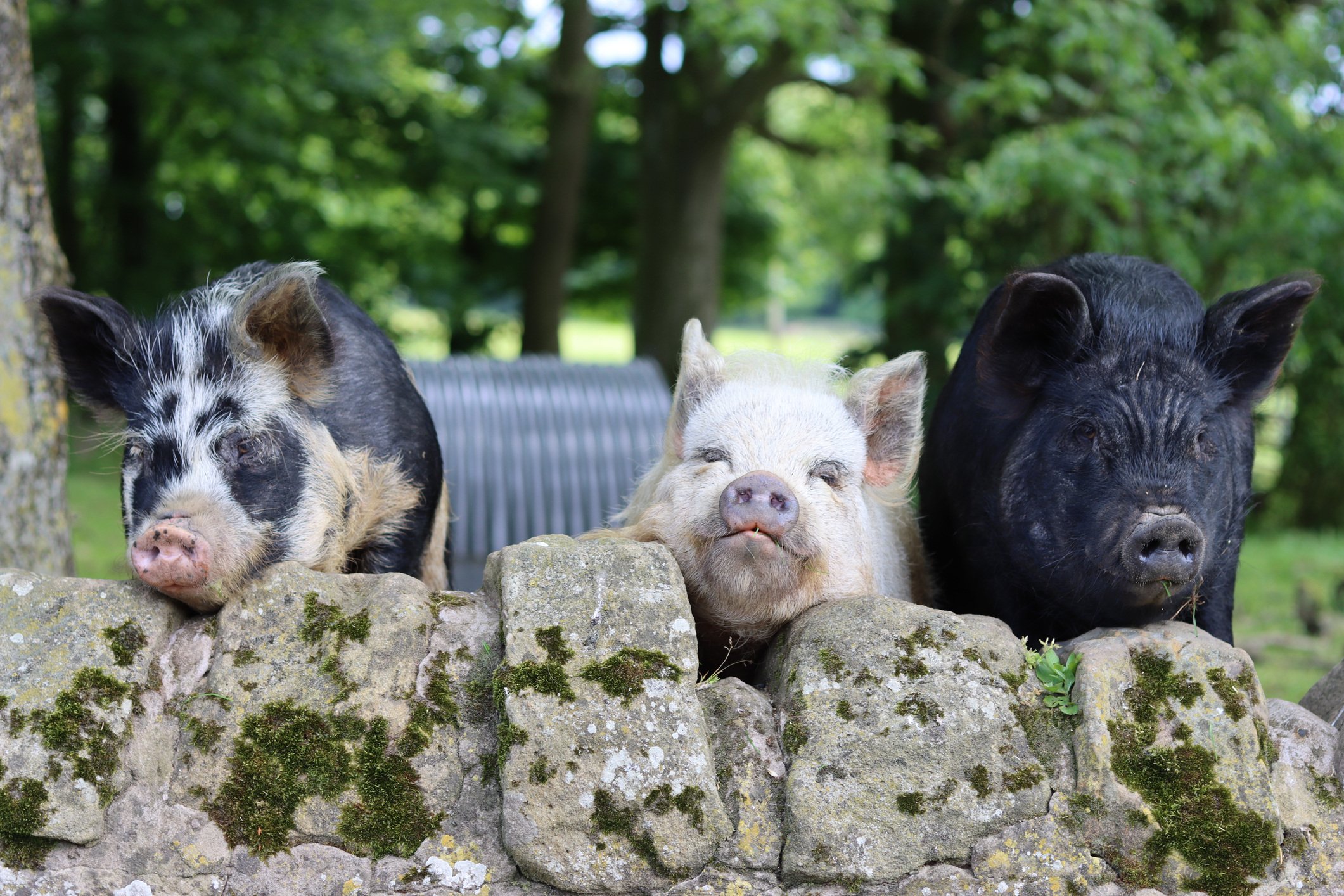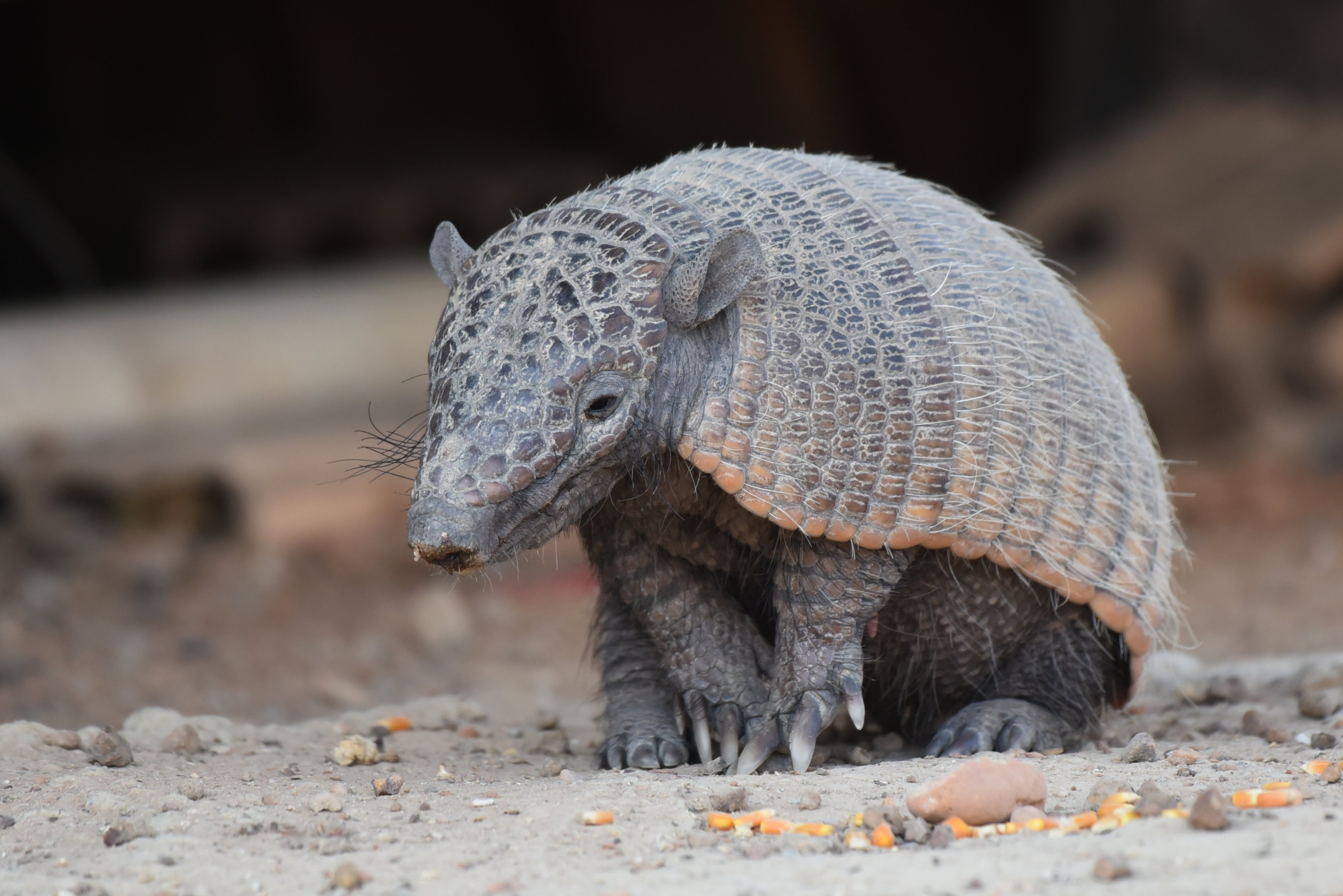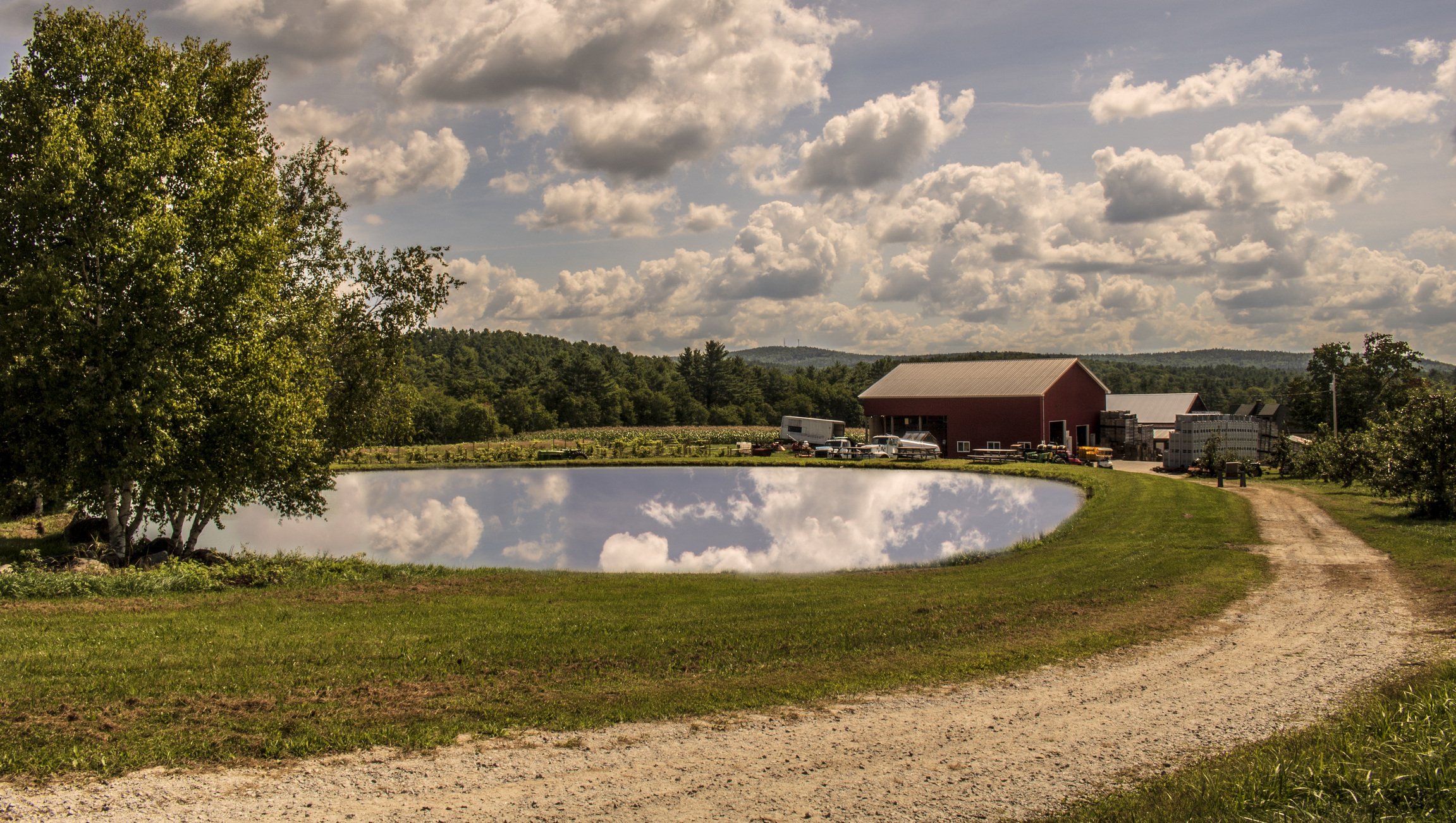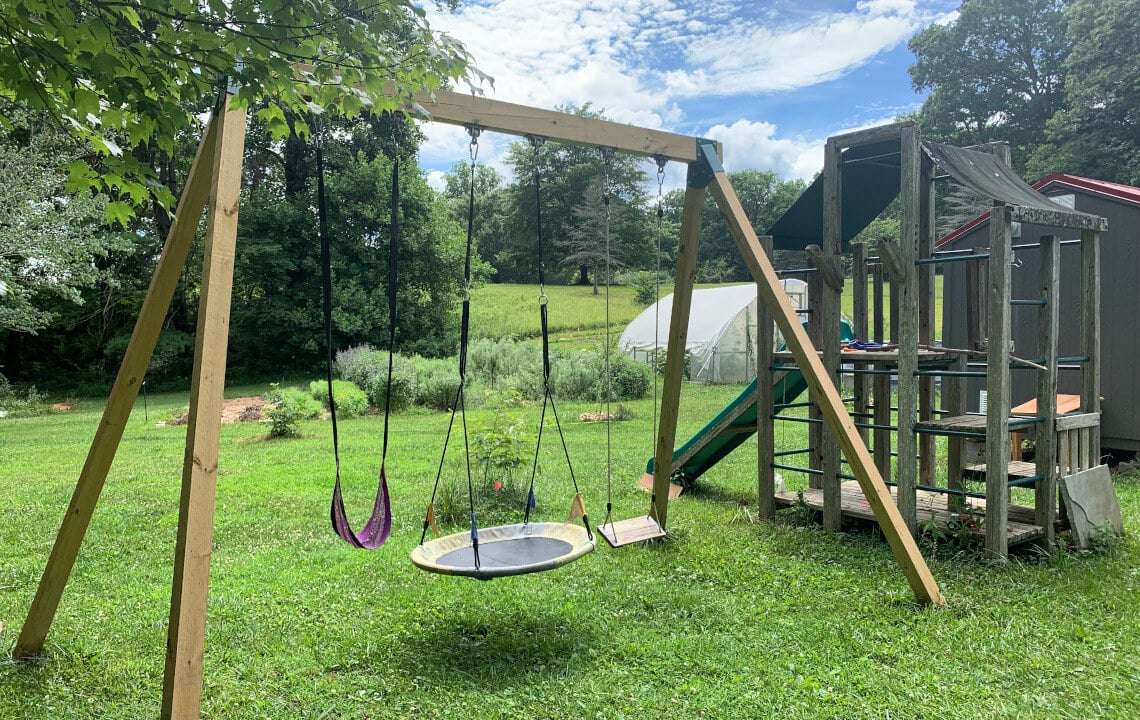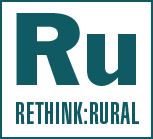Got land, livestock and trees? Then silvopasture may be a practical, economical and eco-friendly way to reduce feed costs and create a unique value-added product. Silvopasture expert and author, Austin Unruh breaks down the basics of this agroforestry system and how to implement it in the South.
Are you thinking of doing something different with your rural land other than keeping it in open pasture?
Do you want to do more than grow timber, or are you looking for ways to incorporate different, more productive trees into your rural landscape?
If so, silvopasture may be the perfect way to monetize your land while helping preserve the environment.
To learn more about silvopasture, we turn to silvopasture expert Austin Unruh (pictured below), founder and owner of Trees For Graziers. 
For years, Austin and his team have consulted with farmers, performed dozens of silvopasture installations (one of Trees For Graziers' services) and started their own nursery to breed specific tree species/varieties like thornless honey locust (more on this later) that fit into silvopasture systems.
Lately, they have also partnered with groups like the Rodale Institute, Warren Wilson College and Penn State University to study the benefits of silvopasture more closely.
In this interview, we discuss silvopasture, its economic and environmental benefits, the best silvopasture system for Southern climates and how to get started with new or existing rural landscapes and farms.
What is Silvopasture?
Silvopasture is a thoughtful agricultural system that integrates livestock, forages and trees.
When asked to describe silvopasture, Unruh emphasized, “It’s the thoughtful part of that definition that is key.”
Ruminants (like cows, sheep and goats), hogs and poultry, including chickens, ducks, turkeys and geese, can all benefit from silvopasture.
Many tree species are used, but for this article, we will focus mostly on mulberries, honey locust, persimmons, oaks (acorns), chestnuts, apples, and pears.
Per Unruh, sometimes it is easier to describe what silvopasture is not to understand what it is.
“It’s not just running animals in the woods, and it is not where you have a few trees on your land that your livestock congregate for shade and trample everything underneath.
“Unfortunately, silvopasture has gotten a bad name by some because it's thought to be just running hogs in the woods. But just running hogs in the woods is not silvopasture, and the best farmers and land managers use livestock as a tool.”
How do you use livestock as a tool?
As outlined by the Savory Institute, which teaches holistic land management, livestock can be incredible for regenerating soils provided you move them often.
This prevents the livestock from overgrazing the grasses and forages in the field, and when moved, the livestock only returns to the same place once the forages have recovered. This could be up to 10 months.
Avoiding overgrazing is critical because grasses and other forages that are grazed too hard for too long do not recover as well as forages that have long rest periods. The stunted forages also do not armor the soil from sun and rain, and their diminished roots no longer hold the soil in place as well. Overgrazing harms the forages, which are the basis of the farm’s bottom line and soil health.
This is the key principle to Unruh’s description of using livestock as a tool.
Unruh continues, “The beauty of using a silvopasture is that you can design the system around modern agricultural operations and equipment. [A landowner] chooses layout, spacing [of trees], species and genetics within those species [of both livestock and trees.]”
He offers this prototypical example: “Trees are planted into a pasture with 40-60 feet between rows and 20-40 feet between trees, designing a system that can work well, whether on a large mechanized farm or a small farm with less machinery.
You adapt the layout and system based on the land and the goals of the operation.

Benefits of Silvopasture
Silvopasture offers many benefits to land and livestock.
The most obvious ones include increased animal welfare and health due to the shade trees offer along with the restoration of the ecosystem from planting trees.
Planting trees provides a perennial system that creates more ecological diversity. Enhancing ecological diversity mimics what is found in healthy ecosystems around the globe making for a more resilient approach that restores soil health and the environment.
Unruh corroborated this, but his main emphasis was its benefits to the farmer and the farm business by increasing economic incentive along with a differentiated product.
Unruh firmly believes “silvopasture won’t help conservation if it doesn’t help farm bottom lines.”
To describe this, Unruh used the example of raising hogs and poultry.
“When raising monogastric livestock like hogs and poultry, the bulk of the cost is in feed. Almost all cows for beef production are started on pasture because it is the most economical…the feed is free, and there is a lower fixed cost raising animals on pasture.
“Most hogs and poultry are raised in concentrated animal feeding operations (CAFOs). Whether you raise hogs and poultry on pasture or in confinement [CAFOs], the feed costs are about the same. There are no economic incentives to raise them on pasture.”
how silvopasture helps reduce feed costs
Per Unruh, “You cut into feed costs by planting trees that drop fruit or mast (like acorns or chestnuts) that livestock feed on.”
We will discuss the primary tree species best for silvopasture more in subsequent sections.
How much food can these trees provide livestock?
In theory, these systems could completely eliminate the need for outside feed. Wild boar don’t need corn, nor do jungle fowl, the ancestors of our modern chicken. But realistically, we’re talking here about supplementing your animal’s diet. For some, it might be little more than a treat or an incentive to come out of the barn more. Others might see how much they can cut their food bill. It all depends on your goals and scenario.
What about differentiated products? It’s all in the meat
Says Unruh, “Within a CAFO [for hogs and poultry], the feed used is typically corn and soy, and it is the exact same for every operation. It is the cheapest way to produce.
“But when you raise these animals in a silvopasture system and finish your hogs on chestnuts, acorns, mulberries and persimmons, the flavor is different, and the micronutrients in the meat are different in a positive way.”
This is what differentiates the meat being sold from more industrial farms, and sets you apart giving the farmer a marketing edge.
When you combine these benefits, you have a farming system that increases the health and welfare of your livestock, restores the ecosystem of the land by planting trees, reduces your feed costs, and results in a natural, more flavorful and nutritious differentiated product to sell.
For more detailed information on the economics of silvopasture systems, see this article written by Austin Unruh in the “Learn” section on the Trees For Graziers website.

Austin Unruh Checking on Tree at Installation
Best Silvopasture System for the South
Although the majority of Unruh’s work is in the North Eastern United States, he was keen to speak on what he sees as the optimal silvopasture system for the South.
Cattle are an easy start
So many people already have cattle, so that’s a great place to start. Providing shade for cattle is the leading driver of interest in silvopasture among our clients. Then we can integrate trees that provide benefits in addition to shade, like nitrogen fixation and dropping supplemental feed, like honey locust pods or persimmon fruit.
hogs and poultry have the highest upside
“Hogs are my pick for the livestock with the highest upside for silvopasture in the South. We can make big reductions in their feed costs through tree crops, and many of the trees we like most for pigs thrive in the south. It’s a similar situation for poultry, except they need much more protection from predators than do pigs. Also, pigs are able to travel further on their own than poultry can, making them easier to manage at a larger acreage.
With hogs or whatever livestock you choose, the next question is, what types of trees are best?
Unruh was quick to paint a vision of what that would look like.
mulberry — "the Backbone"
“For the South, female mulberries would be the backbone of the system for hogs or poultry. Because of the warmer climate of the southern states, mulberries could start dropping fruit as early as May and continue into August when nothing else is dropping.”
Mulberries are also highly nutritious. Unruh says, “For a fruit they are high in protein and have been tested to contain up to 18% protein. In addition, where the fruit lacks the amino acids, the leaves tend to compensate.
“Hogs, chickens, ruminants all love mulberry leaves”, making the tree more valuable than the fruit alone.
Unruh adds, “Much like persimmons, they [mulberries] are not fussy about the soils they are grown in and establish quickly.”
These qualities make this the number one tree to start with before expanding to other trees, which we’ll discuss next.
honey locust and other trees for southern silvopasture
In discussing additional tree species, Unruh was partial to honey locust.
Unruh describes the benefits of honey locust best in his book The Grazier’s Guide to Trees.
“Honey Locust is hands-down the tree with the highest usefulness in silvopasture for a large portion of the United States. Beyond having a dappled canopy and fixing nitrogen [to enhance soil health], it drops nutritious, sugary pods that can be used as stockpiled feed for late fall/winter. It has been shown capable of doubling the feed yield per acre, thereby drastically reducing feed costs and increasing carrying capacity.”
When planting Honey Locust into silvopasture, tree genetics is key.
Whether you have experience with this tree or not, the gigantic thorns associated with honey locust can be very troublesome to farmers and farm equipment. The thorns can be large enough to puncture the largest tractor tires.
“You want to be sure you have a thornless, high-yielding female variety if you want to avoid these headaches while maximizing the upsides of the trees,” says Unruh.
Other tree species he recommends for silvopasture include:
- Chestnuts
- Oaks (for acorns)
- Persimmons
- Apple trees
- Pear trees
See The Grazier’s Guide to Trees as well as Tree Crops by J. Russell Smith for more details on other tree species appropriate for silvopasture.
One last benefit Unruh emphasized about incorporating silvopasture in the south is the advantage of a warmer climate.
Warmer weather and longer growing seasons help trees grow and establish more quickly, which helps you get to your business goals faster.
“It’s a patience game to get your return on investment, but you can take full advantage of a longer growing season compared to northern states.”

Basic Silvopasture Layout
For a visual perspective, we asked Unruh what a silvopasture system looks like from a bird’s eye view. “It depends. It’s a matter of what your goals are, what kind of livestock you want to raise and your location/topography.”
As a starting point, you typically have 20-40 feet of spacing between trees in a single row and about 40-60 feet between rows of trees. However, Unruh emphasized you can adapt all of this spacing based on the equipment you have and the livestock species you run.
For example, 60’ between rows would work perfectly for a landowner with a 30-foot brush hog. If your farm equipment is smaller or you have less land, then you adapt the spacing to fit your context.
For a general idea of how many trees could be planted, Unruh referred back to Tree Crops. “For mulberries, if you plant on 35 x 35 spacing, you are looking at around 35 mulberry trees per acre.”
Regarding how to combine tree species, Unruh underscored the importance of the “thoughtful” part of his original silvopasture definition.
“Trees should be planted into blocks based on fruit drop.”
For example, mulberries may drop fruit from May to August and persimmons from August to February, depending on the cultivars chosen. You move your hogs according to that fruit drop. They start in the mulberry block and once done you move the hogs to the persimmon block, then to chestnuts/acorns, etc.
“Once the fruit drops, you move the hogs away to the next block, and you don’t let the hogs touch that same area until the next fruiting season so that the land can heal.”
This points to the importance of holistic management in a successful silvopasture plan.
When left to their own devices, hogs and other livestock will do what they want, which often means over grazing which can be damaging to soils and the trees.

How to Get Started with Silvopasture on Your Rural Land
Whether you are a new farmer with a blank canvas, an existing farmer who wants to get into livestock or a seasoned farmer interested in transitioning pasture into silvopasture, Unruh offers this advice on how to start.
“If you are new to livestock, take it slow. If you are new to a certain piece of land, take it even slower. If both, crawl before you walk.”
As a starting point, Unruh recommends establishing 10 trees. “If you can make them work great, expand from there. If you can’t, try again.”
In his opinion, there is no such thing as a green thumb or black thumb. “All you have to do is try, experiment and try again. The important thing here is to not bite off more than you can chew out of the gate. Start slow and be intentional…and keep trying.”
He went on to say, “A ballpark number to get started is about $1,000 per acre in planting trees, and you only get a few times in your life to do this.”
He is referring to the fact that trees grow on their own timeline, and it takes time to establish the system. It is not like growing annual vegetable crops; trees take more time.
Another strong recommendation he made was to get help. “Get someone in that has experience. $500 worth of consulting fees will quickly save you $5,000 or $50,000 worth of headaches.
“If you are a DIYer, make sure you do your research, take classes and visit other farms. It will pay off in the long run, and it is a step you should not skip.”
Final Thoughts & Resources on Silvopasture in the South
Silvopasture offers a farming system that has the potential to benefit the land and livestock, but just as importantly the overall quality of life for a farmer and farm business if it’s set up properly.
It can seem like a daunting task to get started, but can be well worth the time and effort to learn. In the words of Unruh, “crawl before you walk!”
If you need help and would like the expertise and resources that Austin Unruh offers, you may contact him through his website Trees For Graziers.
His website also offers a wealth of free articles including silvopasture’s economic benefits, sources of nursery tree stock and his book, The Grazier’s Guide to Trees – Taking Grazing to New Heights.
Unruh also recommends the book Tree Crops by J. Russell Smith. It could be considered the original manuscript on agroforestry and it sets forth the vision of a two-story agriculture. It was originally written in the 1920s providing a background on the importance of silvopasture for the future with documented empirical evidence of its many benefits.
These resources will help to get you on the right path to turn your farm system into the silvopasture of your dreams.




-1.jpg)
